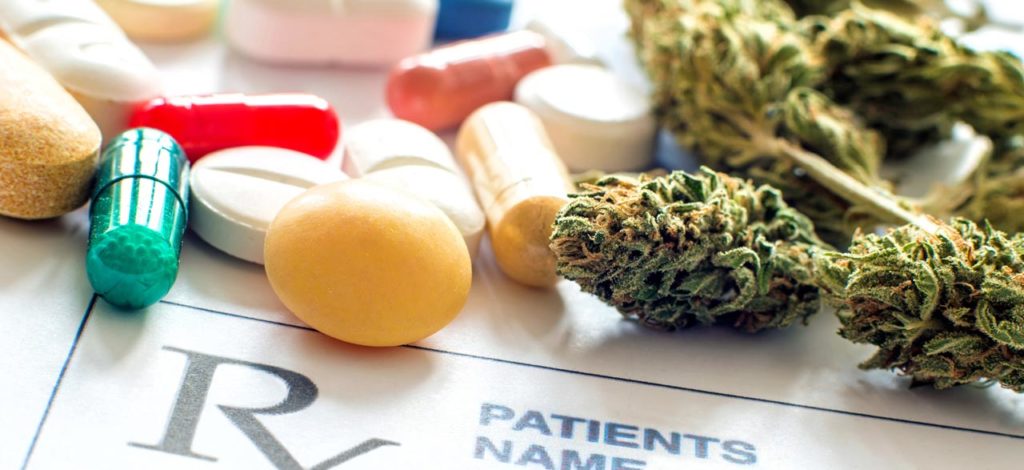Federated Health Charities’ mission is to improve the health and quality of life of all Ontarians by supporting 21 different health charities providing critical services to those experiencing, or affected by, illness. We believe education and prevention are key parts of supporting the health of our communities so our weekly Health Hint series strives to provide tangible and easy to implement hints and tips on how to maintain your health, prevent disease, and enjoy increased quality of life. Check out our latest Health Hint providing an introduction to cannabis. We hope you find it helpful. If you would like to join our efforts to support the health of Ontario, please consider a donation to Federated Health Charities.
There has been a lot of discussion, over the past few years about cannabis in terms of the legalities, its health benefits, and the associated risks. As with any treatment options, it is imperative you speak with your health care provider to discuss what is best for you and your personal circumstances. It can be helpful to have some foundational knowledge to allow for informed decision making, so we will cover some of the need-to-know information about cannabis here.
Cannabis is one of the most used substances, after alcohol and tobacco. This substance is not categorized as a natural health product and has not been approved as a medicinal product by Health Canada. Cannabis, also called marijuana or marihuana, whose official name is cannabis sativa, is a plant with multiple compounds. The cannabis leaves and flowers contain over 500 different compounds including terpins and flavonoids. Terpins are responsible for smell and flavonoids are responsible for flavors. Flavonoids are a group of plant chemical nutrients with antioxidants and anti-inflammatory and immune system benefits. They are commonly found in fruits and vegetables.
The active compounds of cannabis
To begin with, Cannabinoid is a chemical structure that joins the cannabinoid receptor of the brain and body. Additionally, it provides similar effects as produced by the cannabis sativa plant. In the human body and brain there are two types of naturally occurring substances called phytocannabinoids, which is a plant derived compound, and endocannabioids. The two main plant derived cannabinoids are delta-9-tetrahydrocannabinol (THC) and cannabidiol (CBD).
Human endocannabinoids are active in our body regardless of whether we are using cannabis. This substances functions still are not clearly known, but experts believe that there is linkage between this molecule and some processes like appetite, bone density and development, heart, and circulation. This molecule also takes part in our immune system, reproduction, regulation of stress and emotions, learning, memory, wake/sleep cycles, and psychiatric diseases.
THC and CBD are available in different forms; the most common forms are plant based products. The plant based compounds exist in the forms of therapeutic products, oil extract, and synthetic product (drugs). These products can be used by ingestion, vaporization, smoking, topical use and suppositories. Nabilone and Nabiximols are the two pharmaceutical canabinoides available in Canada by prescription.
Method of Administration
There are various methods to consume Marijuana. Each method of administration provides different degrees of effects as outlined below:
1. Smoking: The absorption of cannabis through inhalation is more rapid, psychotropic effects occur within 5-10 minutes, the active substance goes to the blood quickly. The psychotropic effects persist 2-4 hours and last up to 24 hours. Cannabis smoking can be carcinogenic because it burns and absorbs through the lungs.
2. Vaporizing: Vaporizing cannabis burns it by low temperature. The lungs absob it. Also, has low toxicity because the carbon monoxide amount is lower than smoking cannabis. However, the amount of cannabis used per day needs to be determined based on individual situation. It is most appropriate for the initial amount to start from low and increase it gradually.
3. Oral cannabis: The psychotropic effect of oral cannabis is slower than smoking and vaporizing cannabis. After ingestion, the effect occurs between 30-60 minutes later. One study demonstrated that ingestion of cannabis with foods (e.g. cookies, brownies, butter and oils) helps to abosrb the components better in comparison with teas, made from leaves and flowering tops of cannabis, because the teas are water soluble while the foods containing cannabis are likely to be fatty. Experts believe that active substances of cannabis dissolve better in oils and fats.

Potential cannabis harmful effects – Cannabis and health
- Brain: Memory impairment, euphoria (overwhelming feeling of happiness and joy), dysphonia (a state of frustration, unhappiness, restlessness, and dissatisfaction), appetite enhancement, delusion or illusion and sedation.
- Heart and the blood vessels: Cannabis use causeslow blood pressure in standing and sleep positions, too fast heartbeat, and irregular heart rhythms. Cannabis may cause stroke and heart attack especially in older or middle aged users.
- Breathing: Cannabis contains much greater quantities of irritants and toxins than tobacco. For instance, Cannabis smoking increases cough and sputum production, shortness of breathing, and causes lung diseases.
- Digestive system: Cannabis can have effects on the digestive system and decrease the gastric motility and secretion, which leads to constipation. Chronic and heavy use of cannabis is associated with an increased risk of cannabis hyperemesis syndrome (repeated and severe sessions of vomiting).
- Immune system: In some cases, cannabis users experiencing allergic and hypersensitivity type of reactions.
- Reproductive system: Observational studies show that there is association between cannabis use and testicular germ cell tumors, this occurrence depends to the quantity of used cannabis and age of users. In fact, long-term use of cannabis changes the menstruation, changes sexual functioning, suppress ovulation and decrease sperm count and motility.
Physical dependence
The withdrawal (cessation of cannabis use) syndrome happens when a person abruptly discontinues, or halts use of cannabis. The withdrawal syndrome appears within 1st or 2nd days of its cessation. The highest desire and demand occurs between days 2 and 6 and may resolve within 1-2 weeks. The most common signs of withdrawal are irritability, anger, nightmare, sleep disturbances, decrease appetite, aggression and weight loss. Furthermore, people may experience depressed mood, stomach pain, chills, sweating and shakiness.
In conclusion, for managing cannabis cessation problems, there is no specific approved treatment regimen. Physicians may give a range of medications such as antidepressant, mood stabilizers and psychotics but experts have not observed substantial benefits.
Important safety measures
As mentioned previously, cannabis can cause several adverse effects on brain, so people with a history of psychiatric disorders like anxiety, mood disorders, psychosis, and schizophrenia should not use Cannabis. People with a history of hypersensitivity, heart diseases, low blood pressure, high blood pressure, lung diseases like asthma, kidney and liver problems should not use any forms of cannabis products. Individuals who work with heavy machinery or driving vehicles should not use cannabis unless they wait at least 4 hours after inhalation or 6 hours after ingestion. In addition, if there is euphoria, users should wait for 8 hours. Individuals less than 25 years old should not use Cannabis, because there is high risk of addiction, suicide ideation, and negative effects on the brain development.
Phramacological use
Finally, Nabilone and Nabiximols are the two pharmaceutical cannabinoids preprartions which doctors usually prescribe to treat certain conditions. Experts prefer these two drugs over cannabis because of their safety and tolaribility. Doctors may prescribe these drugs for a number of illnesses. For example, severe nausea and vomiting from cancer chemotherapy, neuropathic pain, multiplescelerosis, cancer pain and irritable bowel diseases. There are limited clinical evidences about the benefits to treat these diseases.
We hope you’ve enjoyed our latest Health Hint!
Written by: M. Zafar Omari
NOTE: This article provides general health tips based on available research. You should consult with a health care professional for specific medical and dietary instructions that are right for you.
Refrences
Canada & Health Canada. (2018). Information for health care professionals: Cannabis (marihuana, marijuana) and the cannabinoids : dried or fresh plant and oil administration by ingestion or other means psychoactive agent. http://publications.gc.ca/collections/collection_2018/sc-hc/H129-19-2018-eng.pdf
Cannabinoid Hyperemesis Syndrome | Cedars-Sinai. https://www.cedars-sinai.org/health-library/diseases-and-conditions/c/cannabinoid-hyperemesis-syndrome.html
Endocannabinoid System: A Simple Guide to How It Works. https://www.healthline.com/health/endocannabinoid-system What Are Flavonoids? | Live Science. https://www.livescience.com/52524-flavonoids.html











